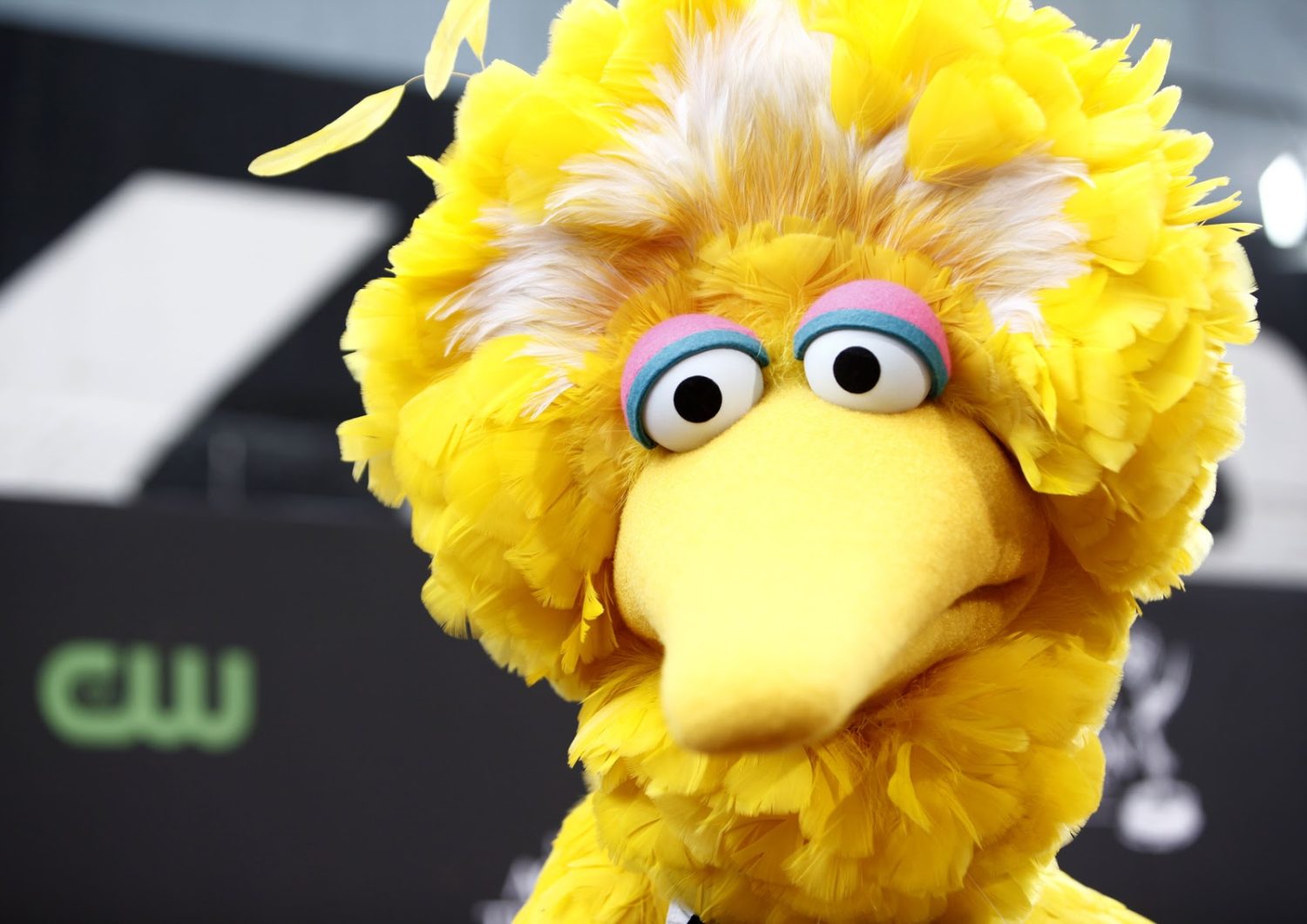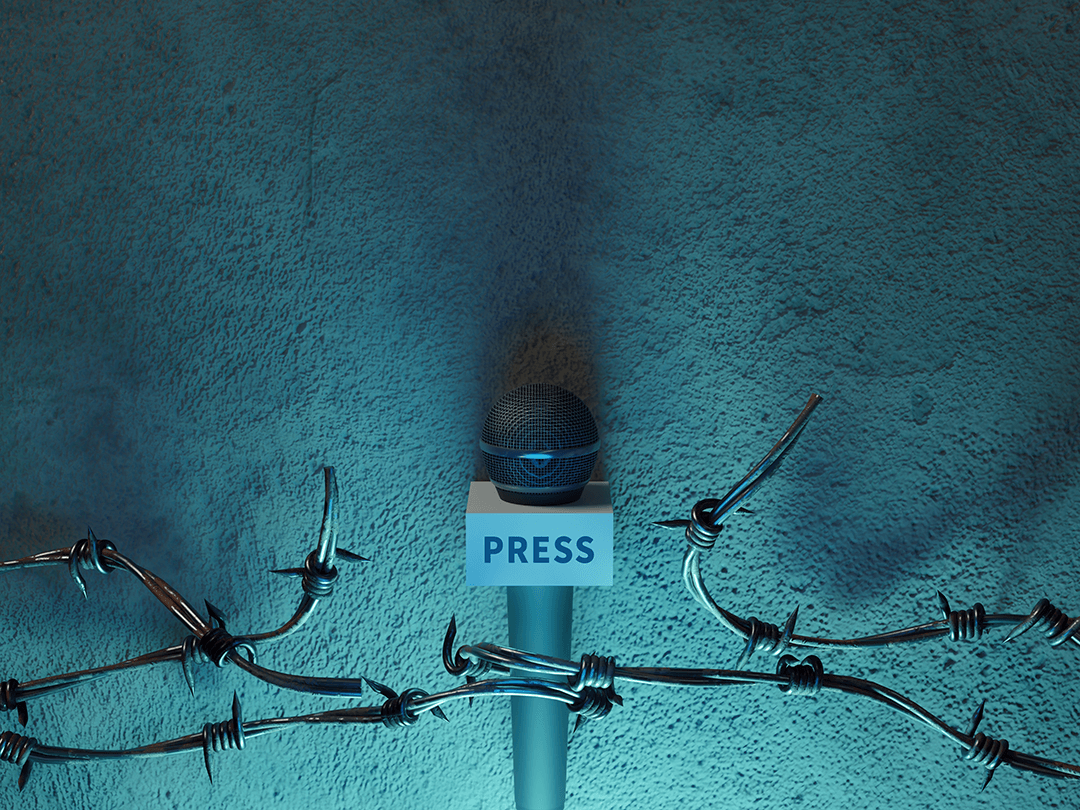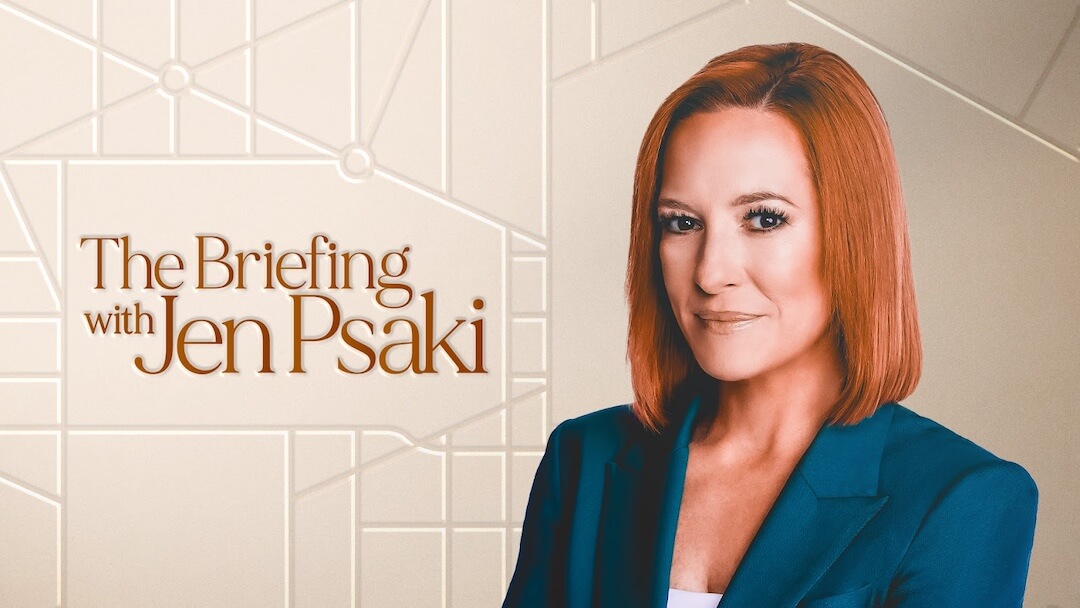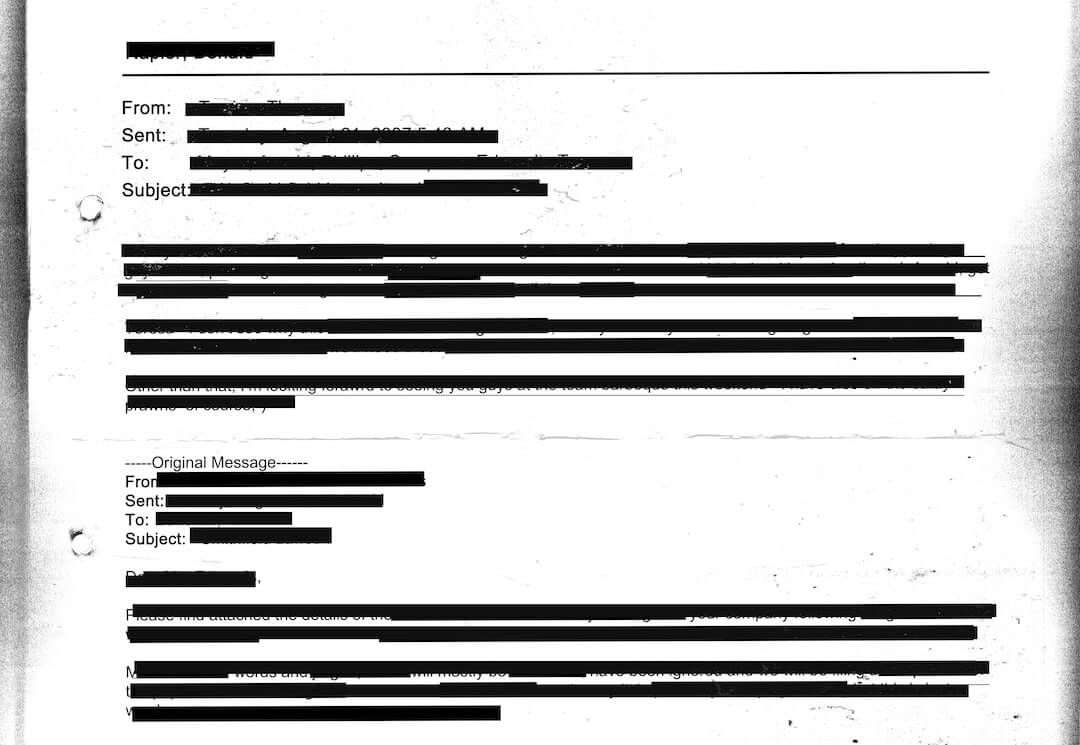The Poynter Report is our daily media newsletter. To have it delivered to your inbox Monday-Friday, click here.
PBS, NPR funding is threatened again
Watch out, Big Bird. President Donald Trump is coming for you. Again.
In his latest federal budget proposal, Trump wants to cut federal funding for public broadcasting, such as PBS and NPR.
Could that actually happen? Probably not. Although if it’s on the table, it’s not impossible.
However, Congress has the final say and history shows it isn’t likely to follow Trump’s wishes. This is the fourth year in a row Trump has proposed eliminating funding and Congress has yet to go along. That includes the times that Republicans controlled the House and the Senate. Now that Democrats have a majority in the House, Trump’s proposal has next to no chance.
But for the record, Trump’s latest budget proposal calls for the elimination of funding over a two-year period — from $465 million to $30 million to zero.
Whether it happens or not, it’s another sign of Trump’s disdain for the media.
This is especially newsworthy now because the administration recently had a high-profile blow-up when Secretary of State Mike Pompeo didn’t like an interview with NPR’s Mary Louise Kelly. As Deadline’s Ted Johnson reminds us, after the Pompeo-Kelly dust-up, conservative radio host Mark Levin tweeted that public broadcasting was a “propaganda operation” for the Democratic party and asked, “Why does NPR still exist?”
To which Trump tweeted, “A very good question.”
Free Press Action campaign director Candace Clement said in a statement, “Slashing the Corporation for Public Broadcasting’s funding is hardly a surprising move from a president who believes the press is the enemy of the American people, and who seeks to punish any journalist who asks challenging questions of his administration.”
The two entities Trump appears most annoyed with — PBS and NPR — would survive without federal funding. But the action could cripple local public TV and radio as they receive more than 70% of CPB’s annual funding.
Patrick Butler, America’s Public Television Stations’ president and CEO, told TV Technology’s Michael Balderston, “We provide the only preschool education for more than half of America’s children. We are the backbone of public safety communications networks at the local, state and national levels. And we do more than anyone else to equip America’s citizens for challenging and rewarding work of democracy.”
[the_ad id=”667826″]
Stars and Stripes forever? Depends on funds
Public broadcasting isn’t the only media outlet facing potential cuts from the government. Stars and Stripes, which has covered the military going all the way back to the Civil War, might see a chunk of its funding cut.
The publisher of Stars and Stripes said he has been notified that the Department of Defense intends to eliminate some of its funding starting next year. It should be noted that Stars and Stripes — which was published for the first time by the Union army on Nov. 9, 1861 — has editorial independence, but is partially funded by the DOD. According to CNN’s Oliver Darcy, about 35% of its budget comes from the government. Stars and Stripes said that in 2019 it distributed more than 7 million copies of its U.S. Weekly edition,
printed and distributed over 4.2 million special publications in the United States and overseas, and had a digital audience of 18.8 million unique visitors.
When asked about the proposed cuts, Deputy Under Secretary of Defense Elaine McCusker told reporters, “We have essentially decided that, you know, kind of coming into the modern age that newspaper is probably not the best way that we communicate any longer.”
Sad.
[the_ad id=”667872″]
Another one fights the bust
(AP Photo/Kathy Willens)
Here’s another media outlet that’s making digital work. News Corp announced last week that The Wall Street Journal has surpassed the 2 million mark in digital subscriptions for the first time. This news comes just a day after The New York Times reported 4.395 million digital subscribers, including Cooking and Crosswords, and 3.429 million digital news subscribers.
As Nieman Lab’s Joshua Benton notes, News Corp CEO Robert Thomson seems to be “itching for a fight” with the Times, as he mentioned the Times five times in the first six paragraphs of his earnings release.
Let the two duke it out; it doesn’t matter. What does matter is that there are two traditional print media outlets who seem to have the secret sauce for making digital work.
[the_ad id=”667878″]
Tina Brown talks work and Weinstein
Tina Brown. (Photo by Charles Sykes/Invision/AP)
David Marchese sat down with journalist Tina Brown — former editor in chief of Vanity Fair and The New Yorker, among other high-profile journalism gigs — for this week’s “Talk” column in The New York Times Magazine. Brown, whose book credits include a gossipy behind-the-scenes look at the royal family titled “The Diana Chronicles,” talks to Marchese about the future of the royal family, her former boss Harvey Weinstein and her time at Vanity Fair and The New Yorker.
Brown left The New Yorker in 1998 to run Talk magazine, which was owned by Hearst and Weinstein’s film company Miramax. She has said she regretted the move almost immediately, but not because of Weinstein’s alleged behavior of sexual harassment and assault. Brown told Marchese that she wasn’t aware of that side of Weinstein at that time.
“The kind of abuse that I saw was just bullying, rudeness and so on,” Brown said. “But there’s also a reason Harvey was as successful as he was. It wasn’t just bullying. He had a sixth sense for great material, and a lot of actors, directors and producers obviously found his input incredibly valuable. But it’s beauty and the beast. There was this terrible dark side. … I think it’s self-hatred, that he thought of himself as a deeply unattractive man and was tortured about that. He had this amazing taste in movies, but his life was just such a shambles.”
Media tidbits
Democratic presidential hopeful Pete Buttigieg being interviewed by “Today” show co-host Savannah Guthrie on Monday. (Photo courtesy of NBC News)
-
NBC’s Savannah Guthrie met up with Democratic presidential hopeful Pete Buttigieg on Monday night for an interview that is scheduled to run this morning on the “Today” show. When asked if he would predict a win in today’s New Hampshire primary, Buttigieg said, “I think we’re going to have a great night. Look, we are competing against home region competition, two New England senators. I recognize that, but I still think we’re going to have a great night.”
-
An estimated 7.86 million viewers watched last Friday’s Democratic debate in New Hampshire. The debate was televised on ABC. Last month’s debate from Iowa drew 7.36 million viewers on CNN. The next debate is Feb. 19 in Nevada. By the way, just for comparison, the Oscars drew 23.6 million viewers on ABC Sunday night, which was an all-time low.
-
Chris Stone has been named executive sports editor of The Los Angeles Times. Stone had been at Sports Illustrated for 27 years, including four as editor-in-chief. He replaces Angel Rodriguez, who recently became the Times’ news editor.
Hot type
- A paper that Mark Twain once wrote for was about to go down. Then a 71-year-old retiree stepped in to save this California weekly, writes The New York Times’ Tim Arango.
- The Lily, a publication of The Washington Post, sent disposable cameras to 25 women across the country, including Katie Couric and Kristen Bell. Here’s what the women and those cameras captured.
- My Poynter colleague Kelly McBride, who is the chair of the Craig Newmark Center for Ethics and Leadership, writes that journalists are now paying for their sins of the past when it comes to the Kobe Bryant story.
Have feedback or a tip? Email Poynter senior media writer Tom Jones at tjones@poynter.org.
Upcoming Poynter training:
- Leadership Academy for Diversity in Digital Media (Seminar). Deadline: Feb. 14.
- ACES In-Depth Editing (Online group seminar). Deadline: March 9.
Want to get this briefing in your inbox? Sign up here.







